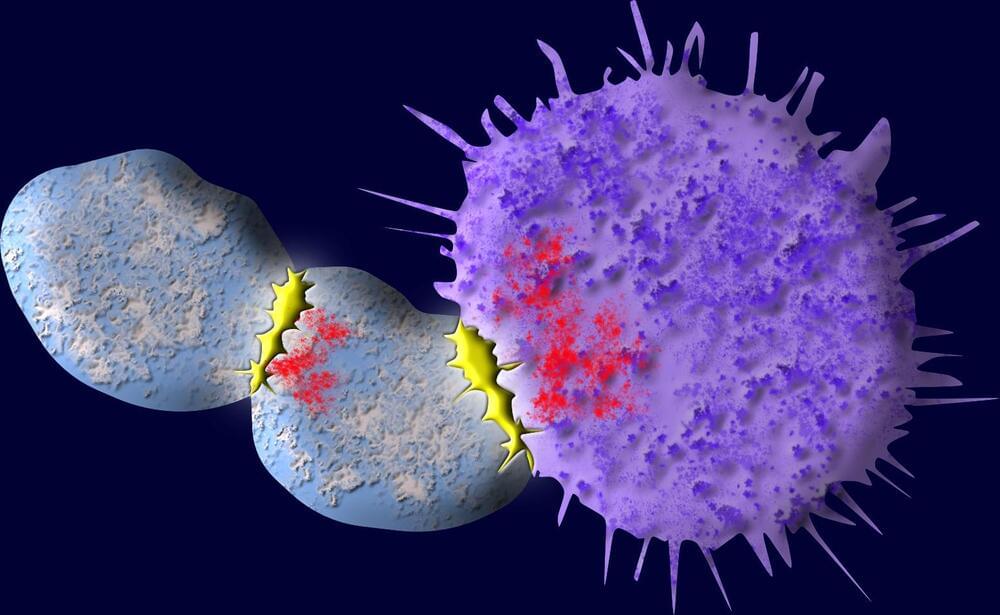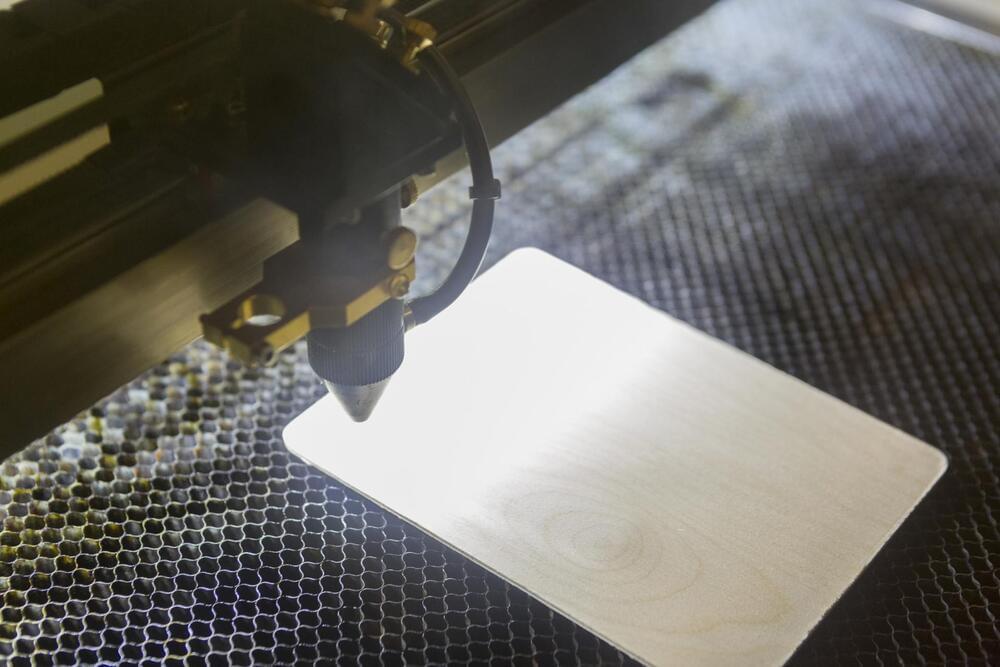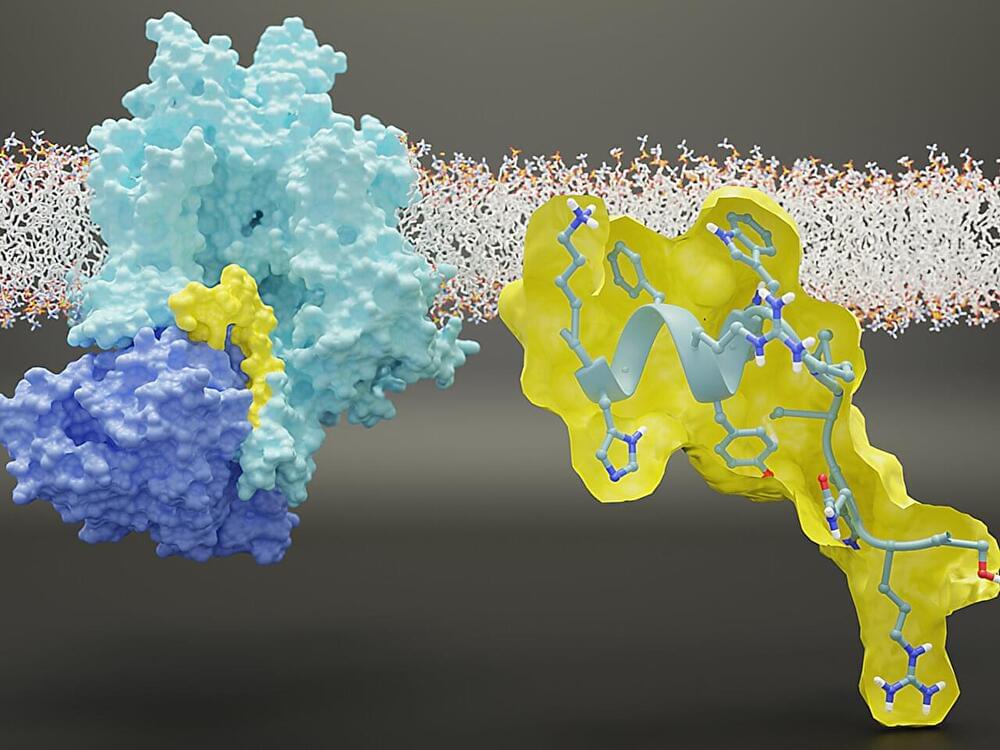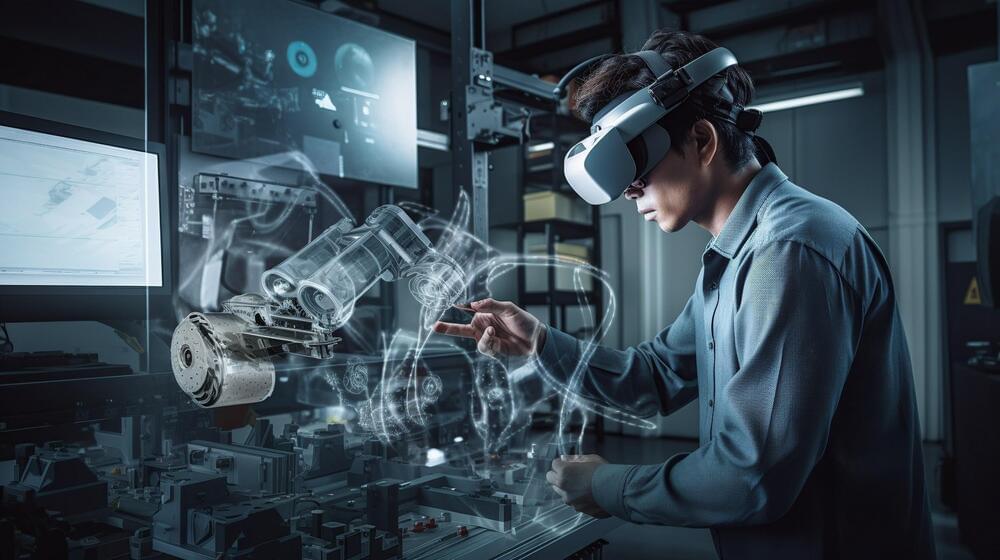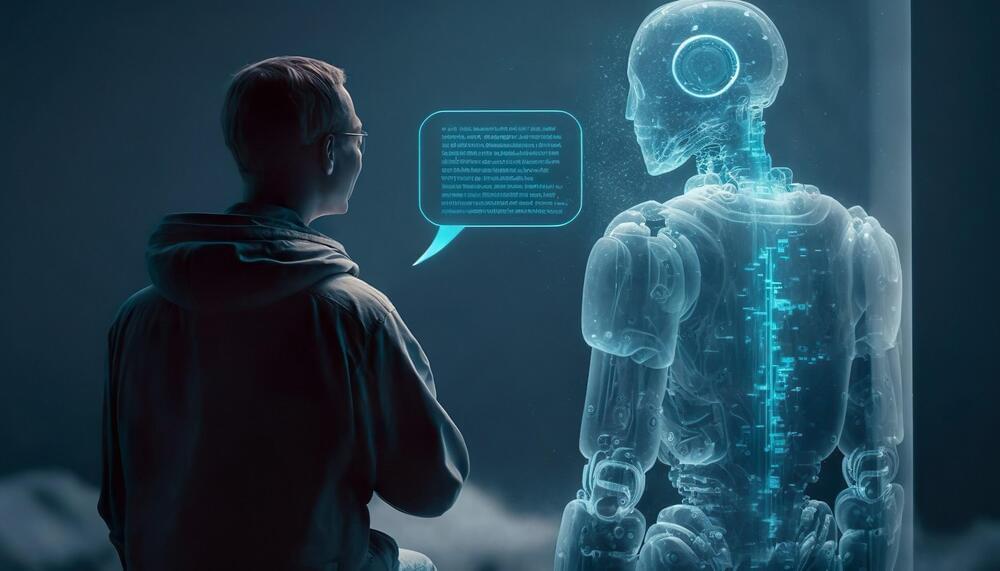CAR T-cell (chimeric antigen receptor) therapy, a promising form of immunotherapy, involves reprogramming the patient’s T cells to enhance their ability to identify and combat antigens on the surface of cancer cells.
However, this therapy, which is currently approved for the treatment of leukemia and lymphoma, has a significant downside. During the process of destroying cancer cells, many of the engineered T cells get contaminated with residual cancer antigens, leading them to attack fellow T cells. This eventually results in a decrease in the body’s population of cancer-fighting cells, opening the door for a recurrence of cancer.
A new Yale study, however, has identified a way to tame the self-destructive tendencies of these killer T cells. Simply fusing a molecular tail onto the engineered T cells used in therapy, researchers say, can inhibit their proclivity to attack each other. The study was published July 27 in the journal Nature Immunology.
